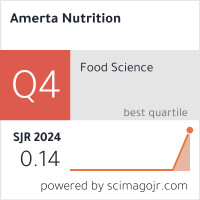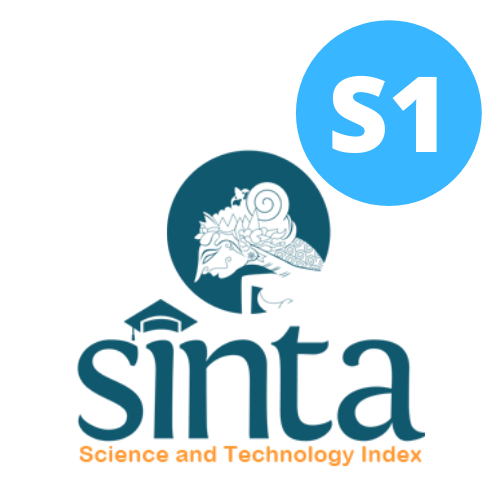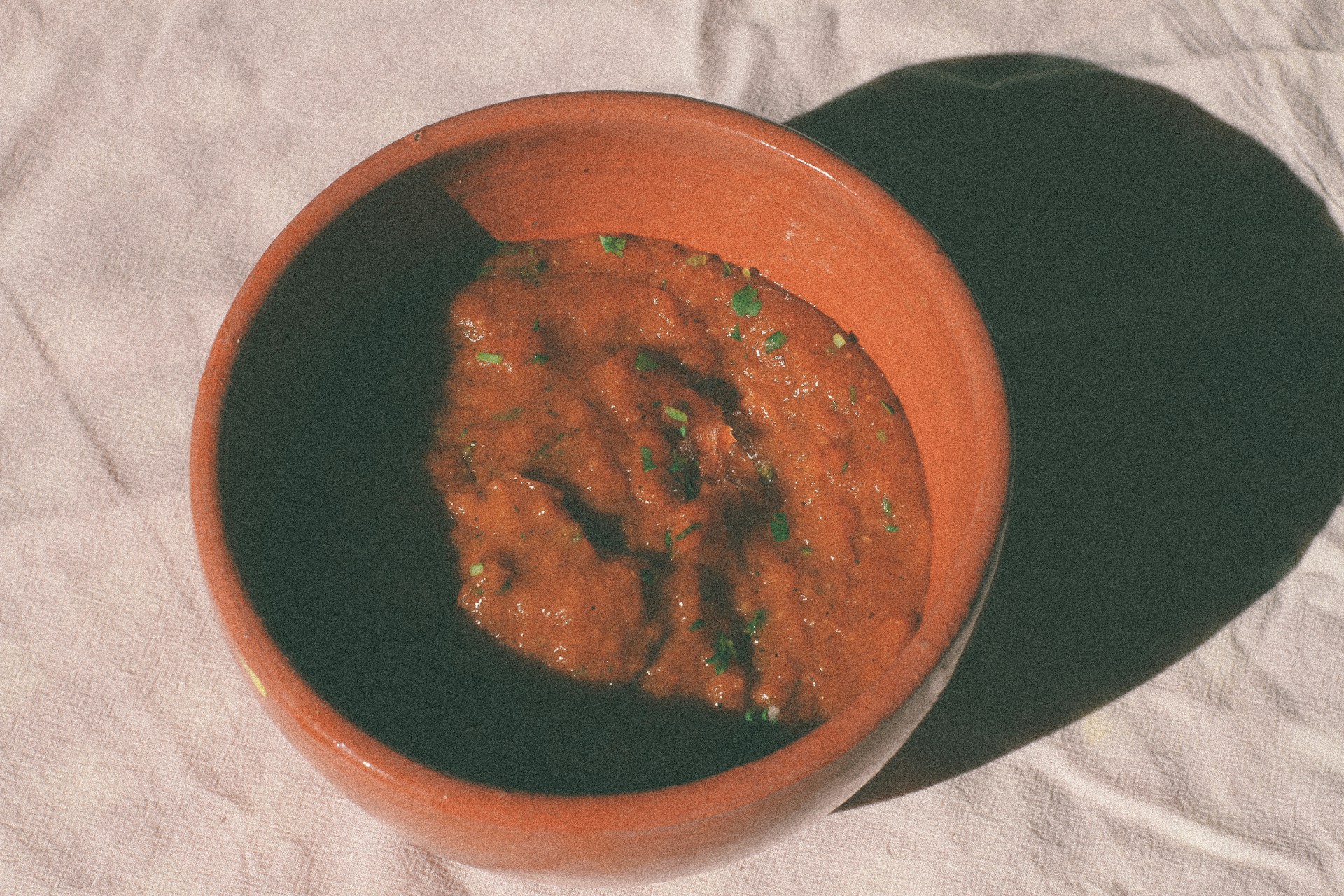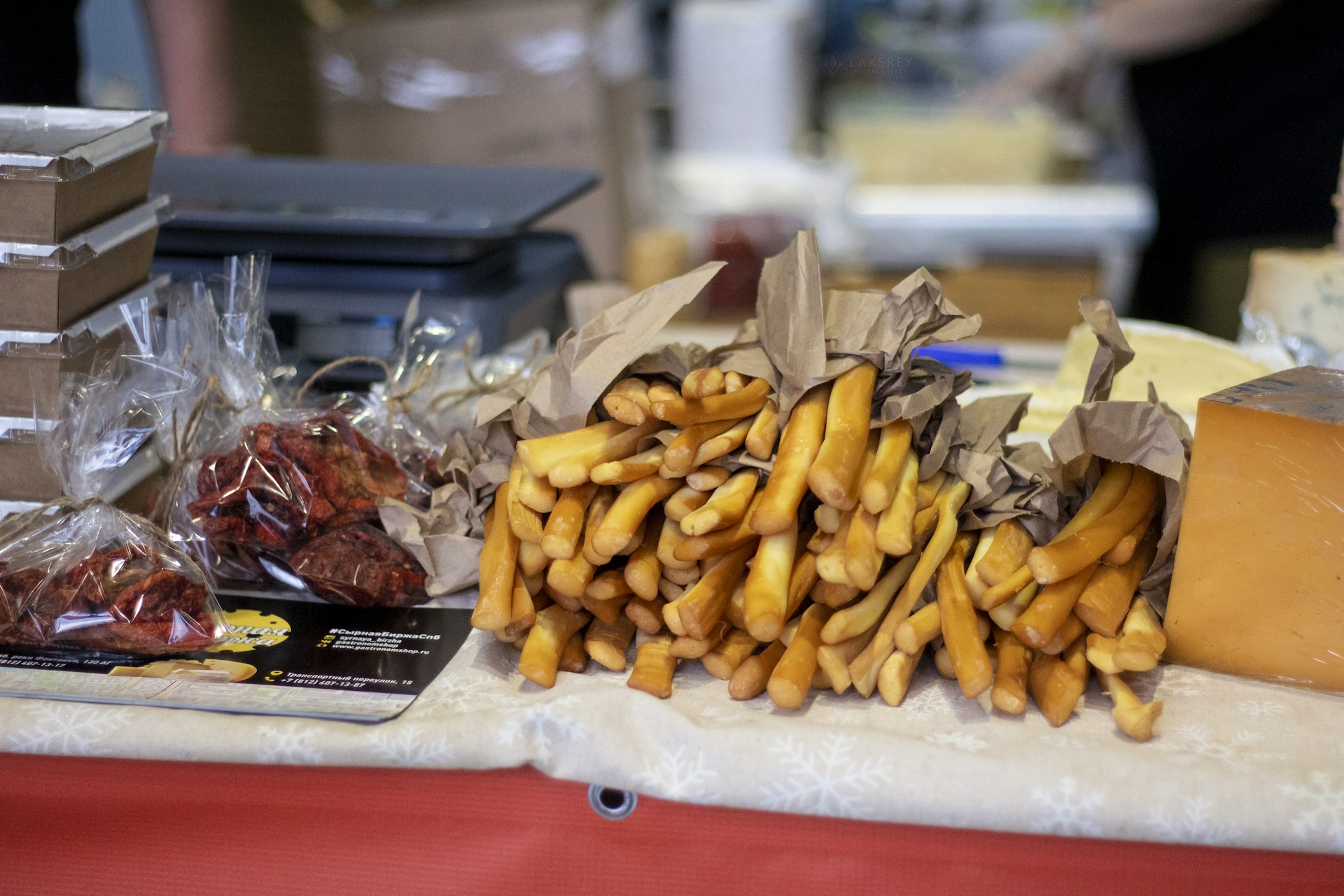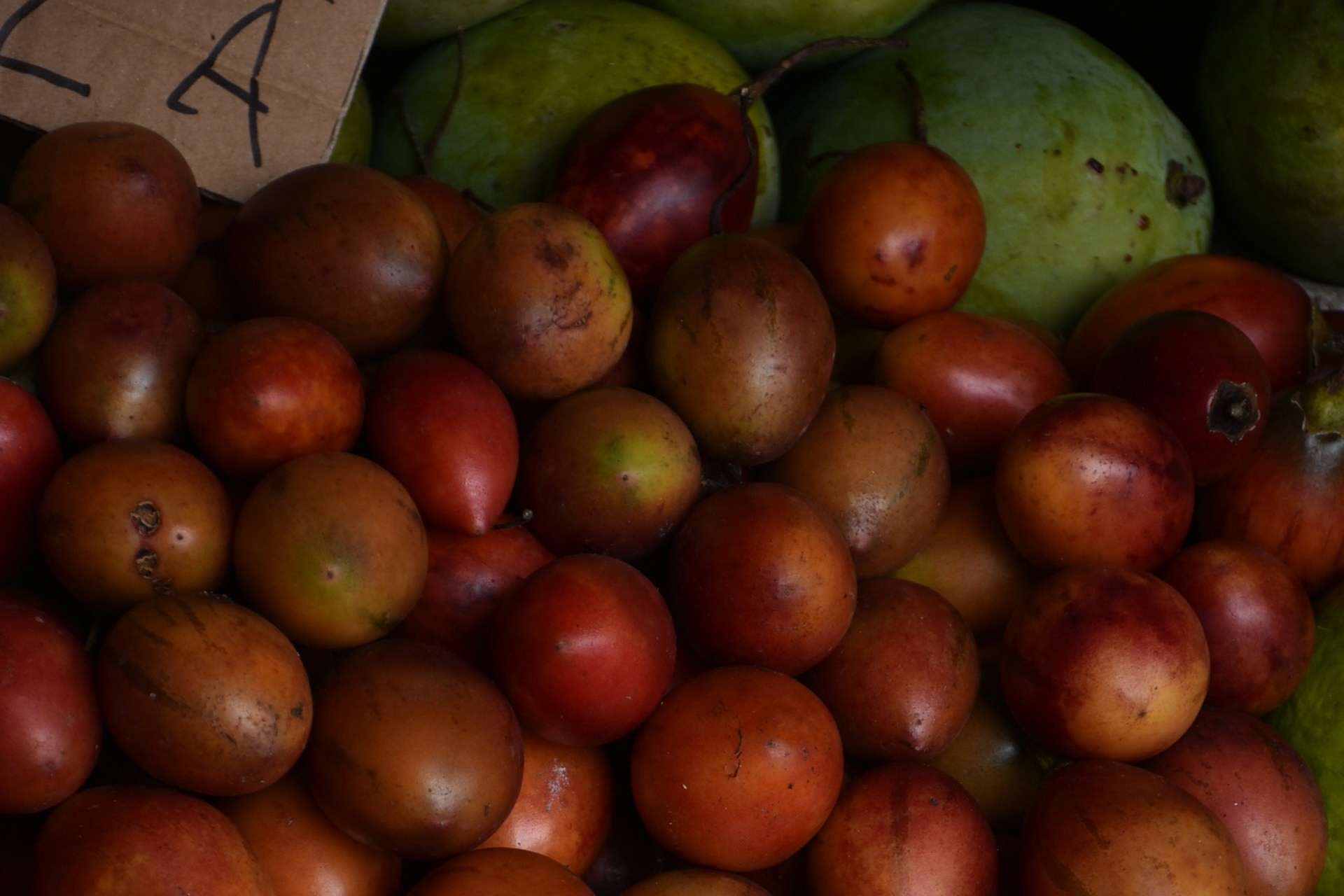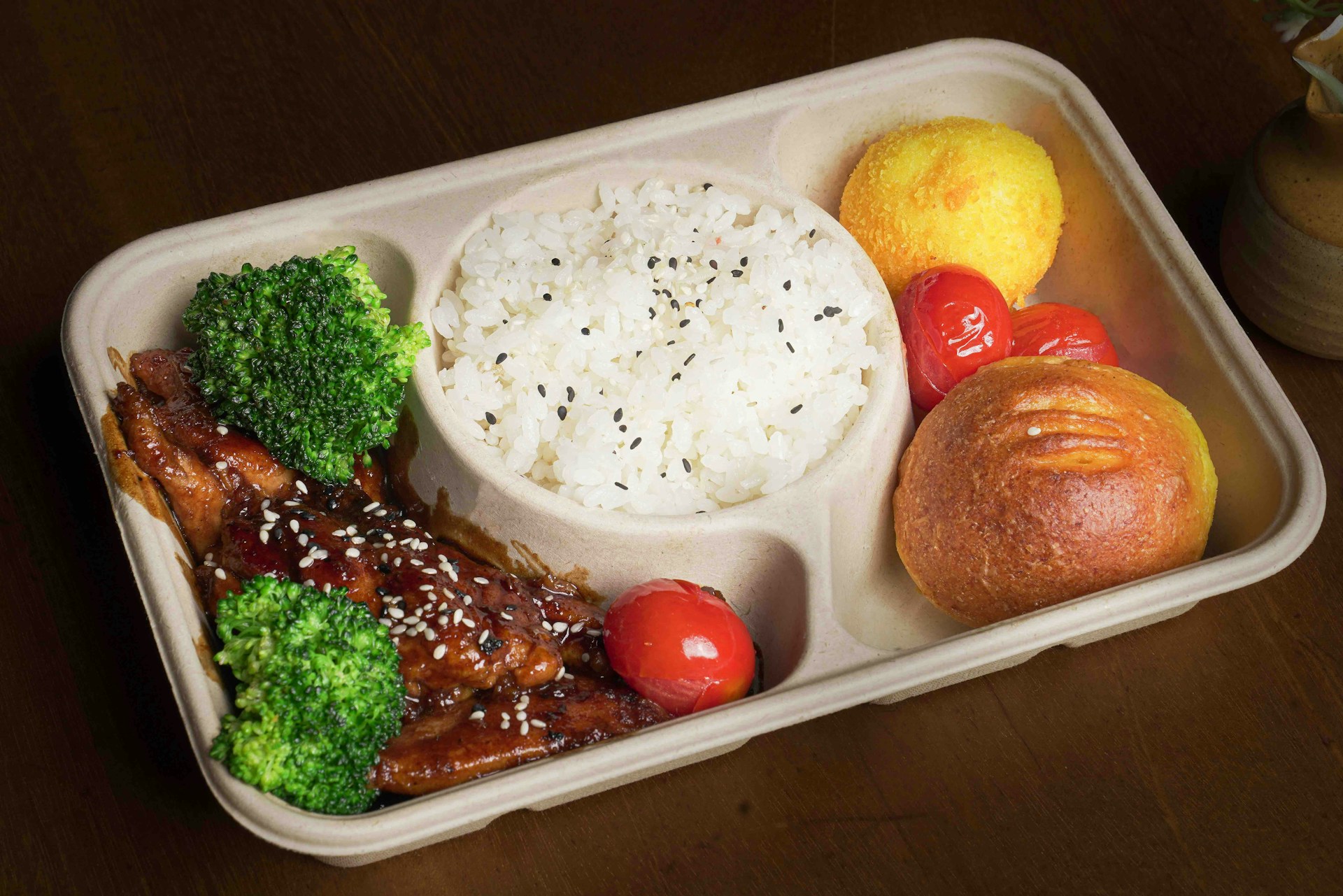Analysis of Vitamin C Content and Favourability Level of Mochi Skin with Red Guava (Psidium guajava L.) Substitution
Background: The prevalence of anemia in adolescents aged 15-24 years has increased significantly from the results of the Indonesian Riskesdas in 2013 with 18.4% to 32% in 2018, with the percentage of anemia in women 27.2% and men 20.3%. One of the efforts to help iron absorption should be the consumption of blood supplement tablets along with vitamin C sources. Mochi is a semi-wet cake that can be found in almost all regions in Indonesia. Mochi skin with red guava substitution is intended as an alternative source of vitamin C to prevention of anemia in adolescent girls.
Objective: Analyzing vitamin C content and favourability level of mochi skin with red guava (psidium guajava L.) substitution.
Methods: This type of research was quasi experimental with 4 modified formulas of red guava fruit puree substitution with a percentage of 0%, 45%, 50%, 55%. Furthermore, hedonic test was carried out on the favourability level by 35 panelists. The four formulas were laboratory tested for vitamin C content using Jacobs method. Statistical test of vitamin C content was conducted with Kruskal Wallis and Mann Whitney U-Test. Statistical test of level of favorability was conducted with Friedman test and Wilcoxon Sign Rank Test.
Results: The test results of vitamin C content of the four mochi skins 100 g are 0.17 mg; 3.59 mg; 5.79 mg; and 7.95 mg, respectively. The best formula based on the exponential comparison method is mochi skin formula X2 (50% red guava puree substitution) with vitamin C content of 3.49 mg per 1 mochi skin (60 grams).
Conclusion: Mochi skin with red guava substitution produced significant differences in taste, color, scent, and texture. as well as increased vitamin C levels when compared to the control formula.
Alfiah, S., & Dainy, N. C. Asupan Zat Besi, Vitamin C dan Konsumsi Tablet Tambah Darah Berhubungan dengan Kejadian Anemia Remaja Putri SMPIT Majmaul Bahrain Bogor. Jurnal Ilmu Gizi Dan Dietetik 2, 103–108(2023)
Kemenkes, RI. Laporan Nasional Riskesdas 2018. Badan Penelitian dan Pengembangan Kesehatan (2019).
Arviyani, T. N., Afifah, D. N., Noer, E. R., Anjani, G., Rahfiludin, M. Z., & Mahati, E. (2022). Tingkat Penerimaan, Kadar Zat Besi dan Vitamin C Sorbet Berbahan Daun Kelor dan Jambu Biji Merah untuk Anemia Defisiensi Besi. Jurnal Aplikasi Teknologi Pangan 11, 20–25 (2022).
Ningtyias, F. W., Quraini, D. F., & Rohmawati, N. Perilaku Kepatuhan Konsumsi Tablet Tambah Darah Remaja Putri di Jember, Indonesia. Jurnal Promkes: The Indonesian Journal of Health Promotion Dan Health Education 8, 154 ( 2020).
Kemenkes, RI. Pedoman Pencegahan dan Penanggulangan Anemia pada Remaja Putri dan Wanita Usia Subur (WUS). Kementerian Kesehatan RI (2018).
Nabilla, F. S., Muniroh, L., & Rifqi, M. A. Hubungan pola konsumsi sumber zat besi, inhibator, dan enhancer besi dengan kejadian anemia pada satriwati pondok pesantren Al-Mizan Muhammadiyah Lamongan. Media Gizi Indonesia 17, 56–61 (2022).
Sholicha, C. A., & Muniroh, L. Hubungan asupan zat besi, protein, vitamin c dan pola menstruasi dengan kadar hemoglobin pada remaja putri di sman 1 manyar gresik. Media Gizi Indonesia 14, 147 (2019).
Ayuningtyas, I. N., Tsani, A. F. A., Candra, A., & Dieny, F. F. Analisis Asupan Zat Besi Heme Dan Non Heme, Vitamin B12 Dan Folat Serta Asupan Enhancer Dan Inhibitor Zat Besi Berdasarkan Status Anemia Pada Santriwati. Journal of Nutrition College 11, 171–181 (2022).
Ayupir, A. Pendidikan Kesehatan dan Terapi Tablet Zat Besi (Fe) terhadap Hemoglobin Remaja Putri. Journal Of Public Health Research And Development 5, 441–451(2021).
Andaruni, N. Q. R., & Nurbaety, B. Efektivitas Pemberian Tablet Zat Besi (Fe), Vitamin C Dan Jus Buah Jambu Biji Terhadap Peningkatan Kadar Hemoglobin (Hb) Remaja Putri Di Universitas Muhammadiyah Mataram. Midwifery Journal: Jurnal Kebidanan UM. Mataram 3, 104 (2018).
Kemenkes, RI. Tabel Komposisi Pangan Indonesia (2017).
Winarni, L. M., Lestari, D. P., & Wibisono, A. Y. G. Pengaruh Pemberian Jus Jambu Biji Merah Dan Jeruk Terhadap Peningkatan Kadar Hemoglobin Pada Ibu Hamil Anemia: A Literature Review. Jurnal Menara Medika 2, 119–127 (2020).
Hadi, A. S. Potensi Buah Jambu Biji Merah ( Psidium guajava L .) dalam Meningkatkan Kadar Hemoglobin Potency of Red Guava Fruit ( Psidium guajava L .). Proceeding Biology Education Conference 20, 1–6 (2023).
BPS. (2023). Statistika Indonesia dalam Angka 2023. In Badan Pusat Statistika Indonesia.
Fajriyah, S. N., & Oktafa, H. Studi Pembuatan Puding Kombinasi Belimbing Wuluh dan Jambu Biji Merah Sebagai Alternatif Makanan Selingan Sumber Antioksidan. HARENA: Jurnal Gizi 1, 41–55 (2020).
Mulyana, & Nugraha, B. S. Pemberdayaan Industru Kecil Kue Mochi Oleh Dinas Koperasi Perindustrian Dan Perdagangan Kota Sukabumi Provinsi Jawa Barat. Jurnal Pembangunan Pemberdayaan Pemerintah 3, 43–57 (2018).
Shawa, B. N. P., Yunita, T., & Wangsa, A. D. Analisis UMKM Mochi di Bogor Menggunakan SWOT. IJM : Indonesian Journal of Multidisciplinary 2, 303–309(2024).
Sabrina, S. A., Azizah, D. N., & Fishi, A. N. A. Addition of Carrot Paste (Daucus carota L.) to the Physical Characteristics of Mochi. Indonesian Journal of Food Technology 2, 183 (2023).
Putri, D. G., & Farapti, F. Acceptance Value and Antioxidant Content of Mochi Skin with Substitution of Pumpkin (Cucurbita Moschata) and Addition of Ambon Banana (Musa Paradisiaca Var. Sapientum. L) as a Snack for the Elderly. Amerta Nutrition 7, 326–335 (2023).
Doseděl, M., Jirkovský, E., Macáková, K., Krčmová, L. K., Javorská, L., Pourová, J., Mercolini, L., Remião, F., Nováková, L., & Mladěnka, P. Vitamin C sources, physiological role, kinetics, deficiency, use, toxicity, and determination. Nutrients 13, 1–36 (2021).
Brauchla, M., Dekker, M. J., & Rehm, C. D. Trends in vitamin c consumption in the united states: 1999–2018. Nutrients 13, 1–18 (2021).
Milman, N. T. A Review of Nutrients and Compounds, Which Promote or Inhibit Intestinal Iron Absorption: Making a Platform for Dietary Measures That Can Reduce Iron Uptake in Patients with Genetic Haemochromatosis. Journal of Nutrition and Metabolism (2020).
Skolmowska, D., & Głąbska, D. Effectiveness of Dietary Intervention with Iron and Vitamin C Administered Separately in Improving Iron Status in Young Women. International Journal of Environmental Research and Public Health 19, 1–19 (2022).
Firdaus, A., Suwita, K., & Puspita, T. Formulasi Jambu Biji Merah , Pisang Ambon dan Tepung Kecambah Kedelai sebagai bahan substitusi Ice cream Susu Kedelai untuk Makanan Selingan Ibu Hamil Trimester I Anemia. Nutriture Journal 03, 16–25 (2024).
Sihombing, D. R., & Daniela, C. The Fruitghurt Formulations are a Combination of Red Guava and Pineapple Juice by using the Encapsulation Method, as an Alternative Source of Vitamin C. Jurnal Pertania Tropik 9, 213–219 (2022).
Nadimin, Sirajuddin, & Fitriani, N. Mutu Organoleptik Cookies Dengan Penambahan Tepung Bekatul Dan Ikan Kembung. Media Gizi Pangan 26, (2019).
Ekawati, M., Wibowo, Y., Dalu, K. C. A., & Nurhayati. Determinasi Diversifikasi Vertikal Produk Olahan Jambu Merah. Agroteknologi 13, 195–202 (2019).
da COSTA, J. N., Brito, S. A., Leal, A. R., Rodrigues, D. da C., Nascimento, L. G. L., Figueiredo, R. W., Mata, P., & de SOUSA, P. H. M. Sensory characteristics of structured guava (Psidium guajava): Comparison of optimized descriptive profile, cata and sensory acceptance methods. Food Science and Technology (Brazil), 40, 496–502 (2020).
Rahayu, W. E., Sa’diyah, S. H., & Romalasari, A. Pengaruh waktu aplikasi dan konsentrasi penambahan sari buah jambu biji merah (Psidium guajava L.) terhadap kefir susu kambing. Agromix 11, 1–8 (2020).
Wijaya, C. R., Yunanto Setyaji, D., & Franciscus Maria, R. Effect on Organoleptic Properties, pH Value, and Vitamin C Levels of Guava (Psidium guajava) Addition in Cowpea Yogurt (Vigna unguiculata). Journal of Global Nutrition (JGN) 3, 223–235(2023).
Rohman, E., & Maharani, S. Peranan Warna, Viskositas, dan Sineresis terhadap Produk Yoghurt. EDUFORTECH 5, (2020).
Tando, A. A., Puryana, I. G. P. S., & Antarini, A. A. N. Pengaruh Penambahan Jus Jambu Biji Merah ( Psidium Guajava Linn ) Dan Ekstrak Bunga Telang (Clitoria Ternatea L.) Terhadap Karakteristik Es Krim. Jurnal Ilmu Gizi 12, 240–247 (2023).
Saufani, I. A., Mirnawati, M., & Syahrial, S. Pengaruh penambahan jus jambu biji (Psidium guajava L) terhadap mutu organoleptik dan vitamin C minuman Fruity-Whey. Darussalam Nutrition Journal 5, 129 (2021).
Arief, D. Z. karakteristik fruit leather jambu biji merah (psidium guajava l) dengan jenis bahan pengisi. Pasundan Food Technology Journal 5, (2018).
Sakuma, Y., Yamamoto, S., Yoshikawa, K., & Watanabe, M. Upper airway obstruction relief in the home Part 2 : Texturometric parameters of mochi ( Japanese rice cake ) , 1–5 (2023).
Copyright (c) 2025 Amerta Nutrition

This work is licensed under a Creative Commons Attribution-ShareAlike 4.0 International License.
AMERTA NUTR by Unair is licensed under a Creative Commons Attribution-ShareAlike 4.0 International License.
1. The journal allows the author to hold the copyright of the article without restrictions.
2. The journal allows the author(s) to retain publishing rights without restrictions
3. The legal formal aspect of journal publication accessibility refers to Creative Commons Attribution Share-Alike (CC BY-SA).
4. The Creative Commons Attribution Share-Alike (CC BY-SA) license allows re-distribution and re-use of a licensed work on the conditions that the creator is appropriately credited and that any derivative work is made available under "the same, similar or a compatible license”. Other than the conditions mentioned above, the editorial board is not responsible for copyright violation.


